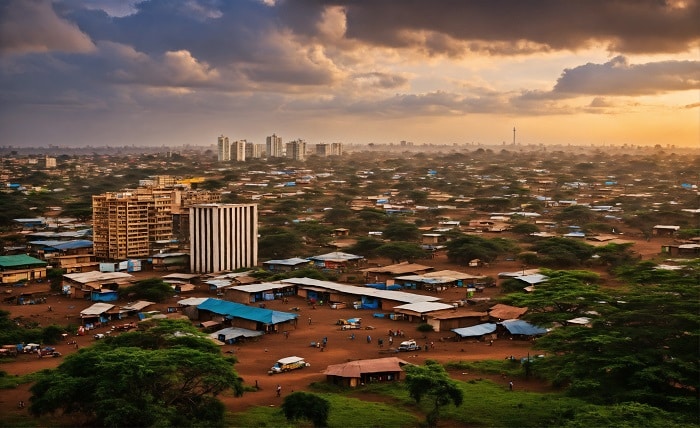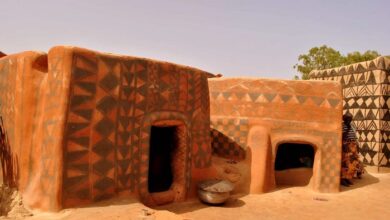Base Beton in Burkina Faso: Opportunities and Challenges

Introduction
Base beton, commonly known as concrete base, is pivotal in Burkina Faso’s construction sector. Its extensive use in projects from road construction to building foundations underscores its importance. In this post, we delve into how base beton is shaping Burkina Faso’s infrastructure and the opportunities and challenges it presents.
The Role of Base Beton in Burkina’s Infrastructure
In Burkina Faso, base beton is a fundamental component of many infrastructure projects. It provides a sturdy foundation for roads, bridges, and buildings essential for economic development and urbanization.
Production of Base Beton
The production of base beton in Burkina involves sourcing local materials, primarily sand and gravel, which helps in reducing the construction costs and supporting local businesses. This segment also looks at the technologies used in mixing and testing base beton.
Economic Impact of Base Beton
Base beton has a significant economic impact in Burkina Faso. It not only creates jobs in the construction sector but also stimulates related industries such as transport and manufacturing.
Environmental Considerations
While base beton is crucial for development, its production has environmental implications. This section explores how Burkina Faso is addressing these challenges through sustainable mining and material sourcing practices.
Challenges in Quality Control
Quality control is a major challenge in the base beton industry in Burkina Faso. We discuss the standards and practices in place to ensure the integrity and safety of constructed facilities.
Technological Advancements
Technological advancements are transforming the base beton industry in Burkina Faso. This includes the use of automated mixing plants and new formulations that increase the longevity and durability of concrete structures.
Community Impact
The use of base beton in construction projects directly affects local communities. This part examines both the positive and negative impacts on local populations and how they are being managed.
Government Regulations and Policies
Government policies play a critical role in shaping the base beton sector. This section reviews current regulations and how they influence production standards, environmental compliance, and investment in infrastructure.
Future Prospects
Looking ahead, the future of base beton in Burkina Faso is promising. With ongoing investments and projects, it is set to remain a cornerstone of the nation’s development strategy.
Sustainable Practices
Sustainability in the use of base beton is becoming increasingly important. This final section discusses innovative practices that reduce environmental impact and promote the reuse and recycling of concrete materials.
Conclusion
Base beton remains a fundamental element in Burkina Faso’s development. By addressing the associated challenges and focusing on sustainable practices, Burkina Faso can ensure that its infrastructure is built on a solid foundation that supports future growth.
FAQs
1. What is base beton?
Base beton, or concrete base, is a mixture of cement, water, sand, and gravel that is used to create a solid foundation for various types of construction projects.
2. Why is base beton important for Burkina Faso?
It is crucial for building durable infrastructure that can withstand the environmental conditions of Burkina Faso, supporting economic growth and development.
3. What are the main challenges in the base beton industry in Burkina Faso?
The main challenges include maintaining quality control, managing environmental impacts, and navigating fluctuating supply chain dynamics.
4. How is the environmental impact of base beton being managed in Burkina Faso?
Efforts are being made to adopt sustainable mining practices, use local materials to reduce transportation, and innovate in recycling concrete.
5. What future developments are expected in the base beton sector in Burkina Faso?
Expected developments include technological advancements in production, stricter regulations for quality and environmental protection, and increased use of sustainable materials.





